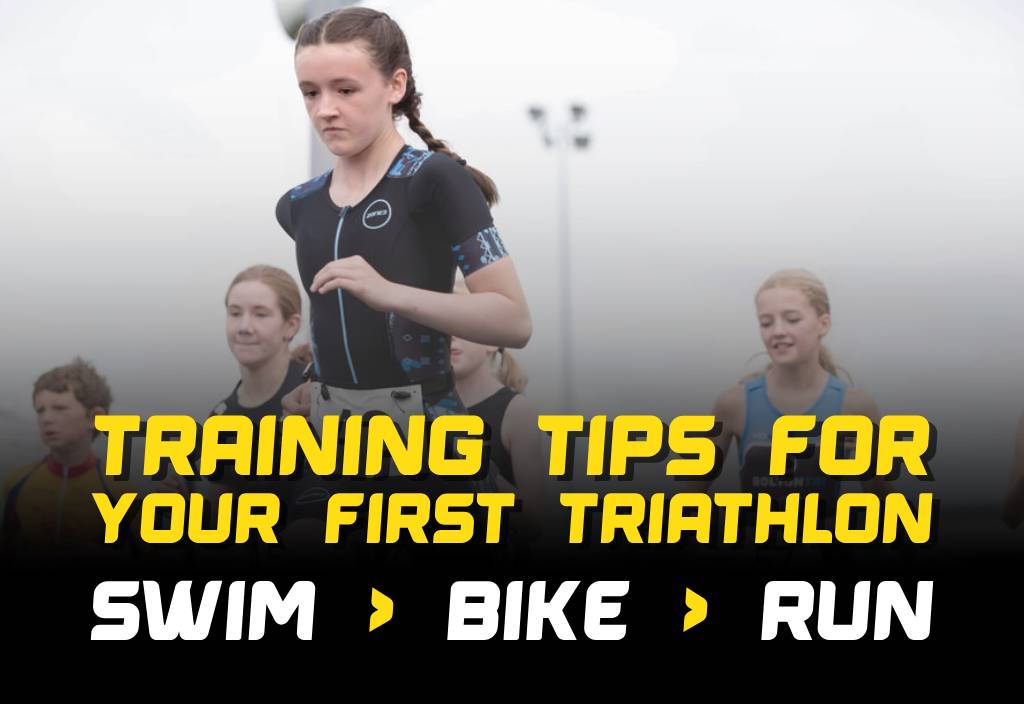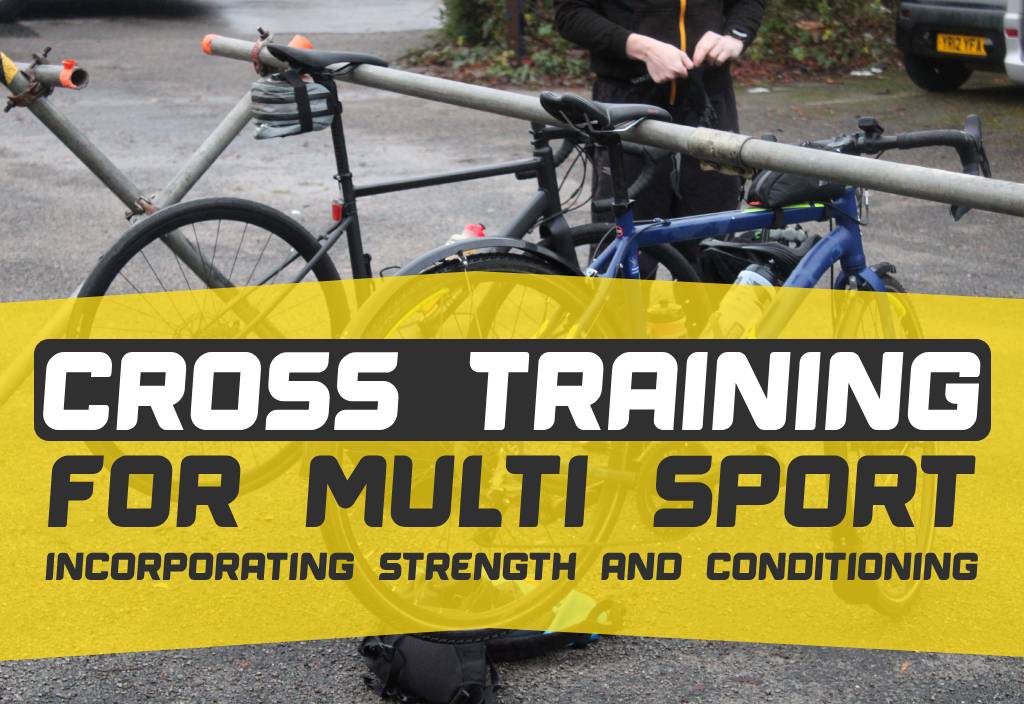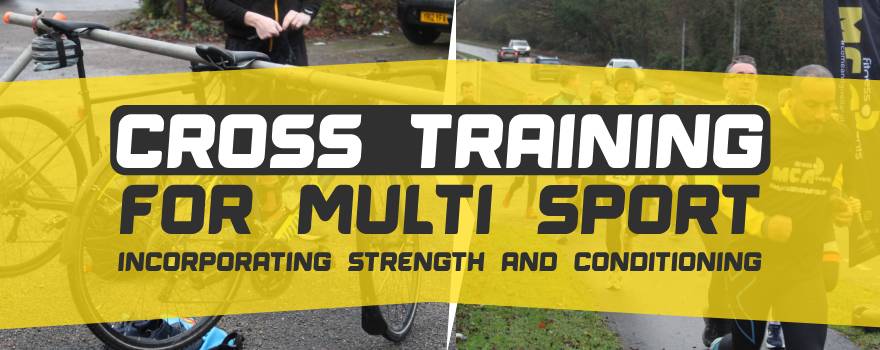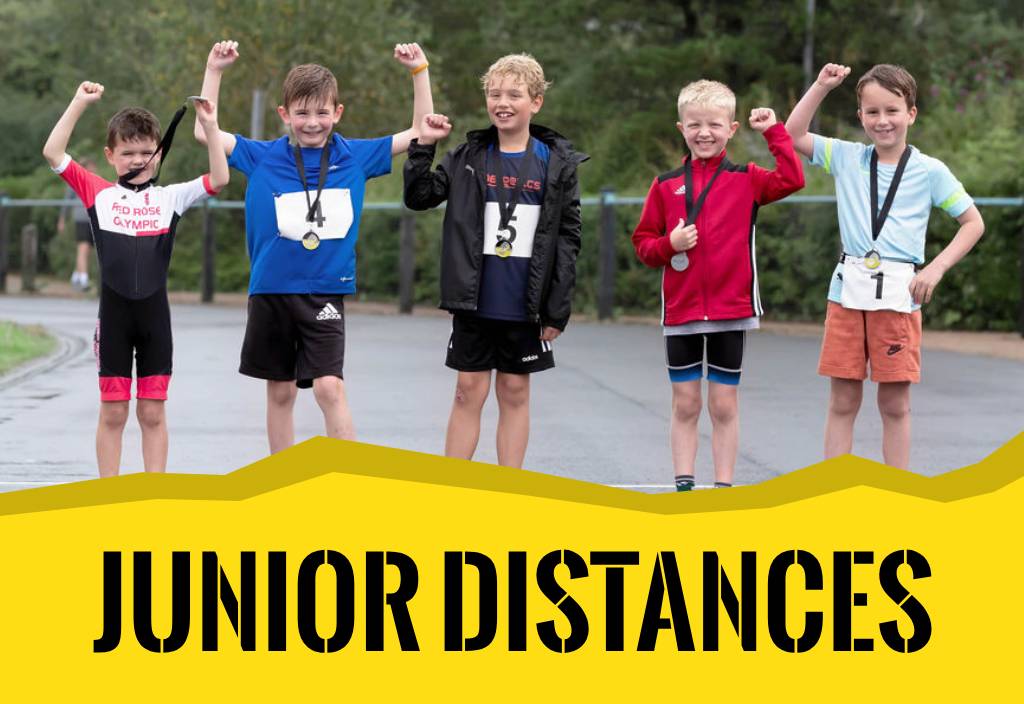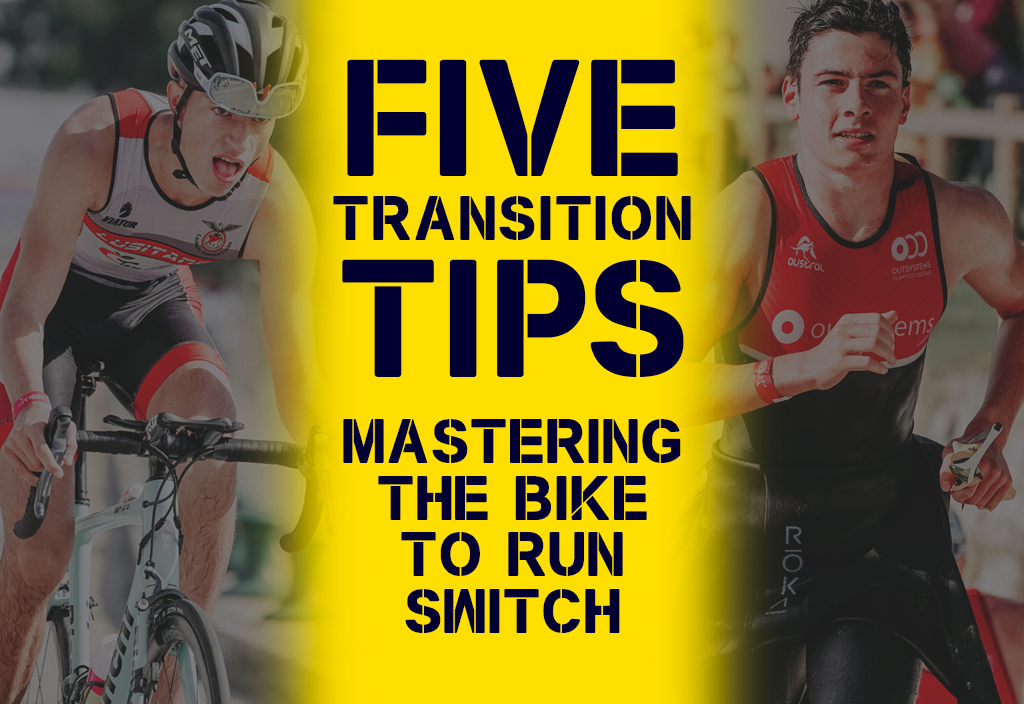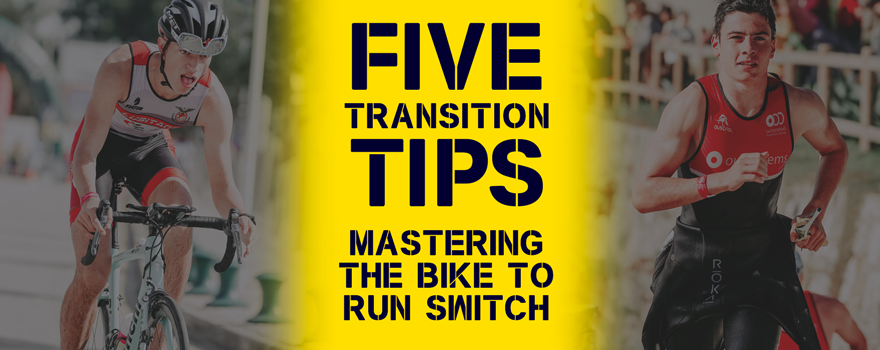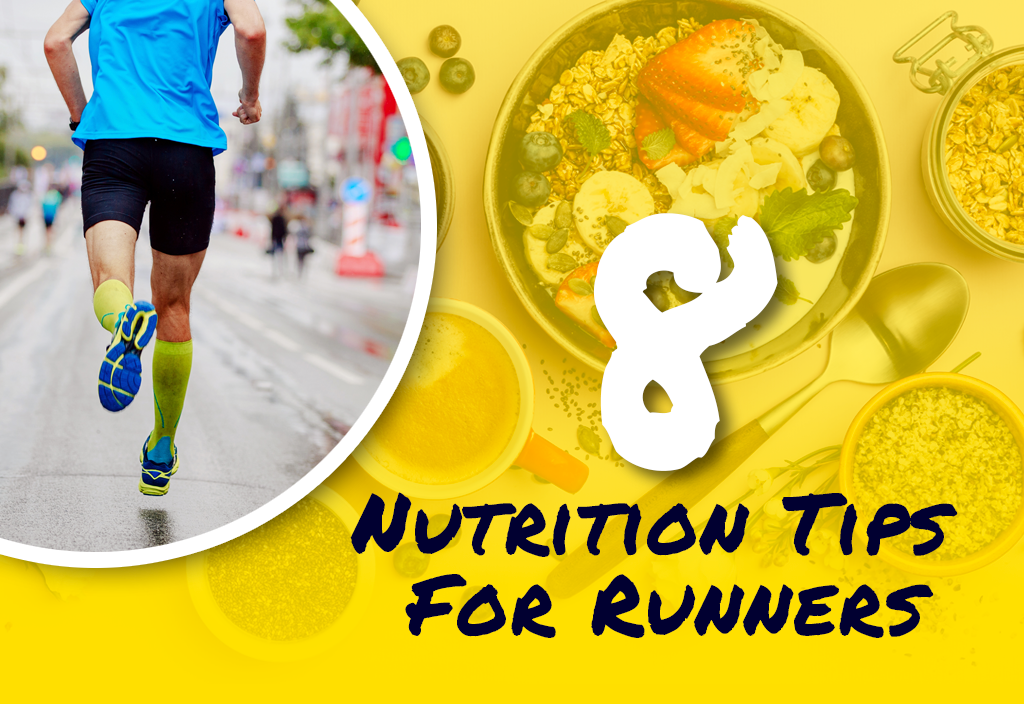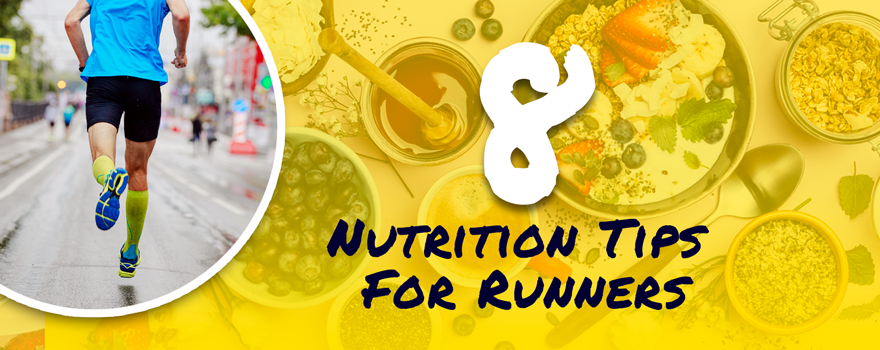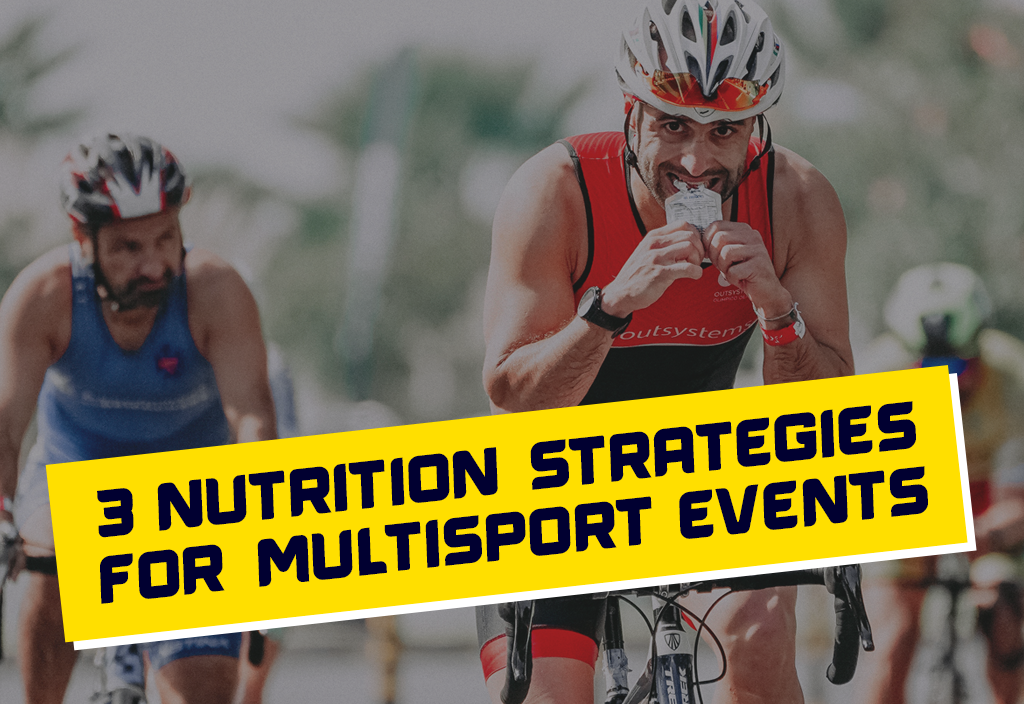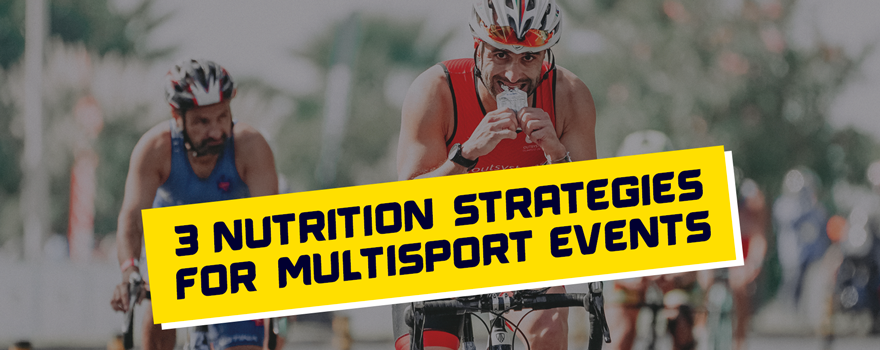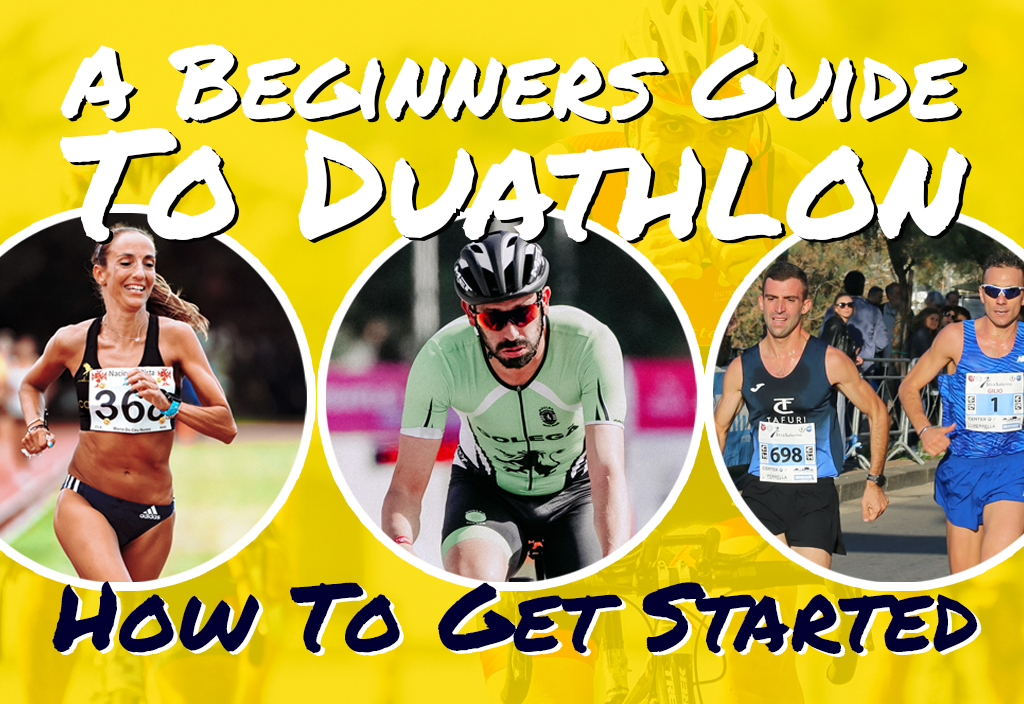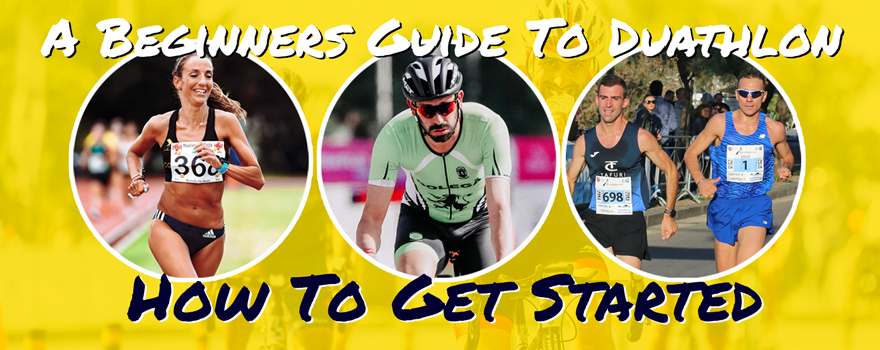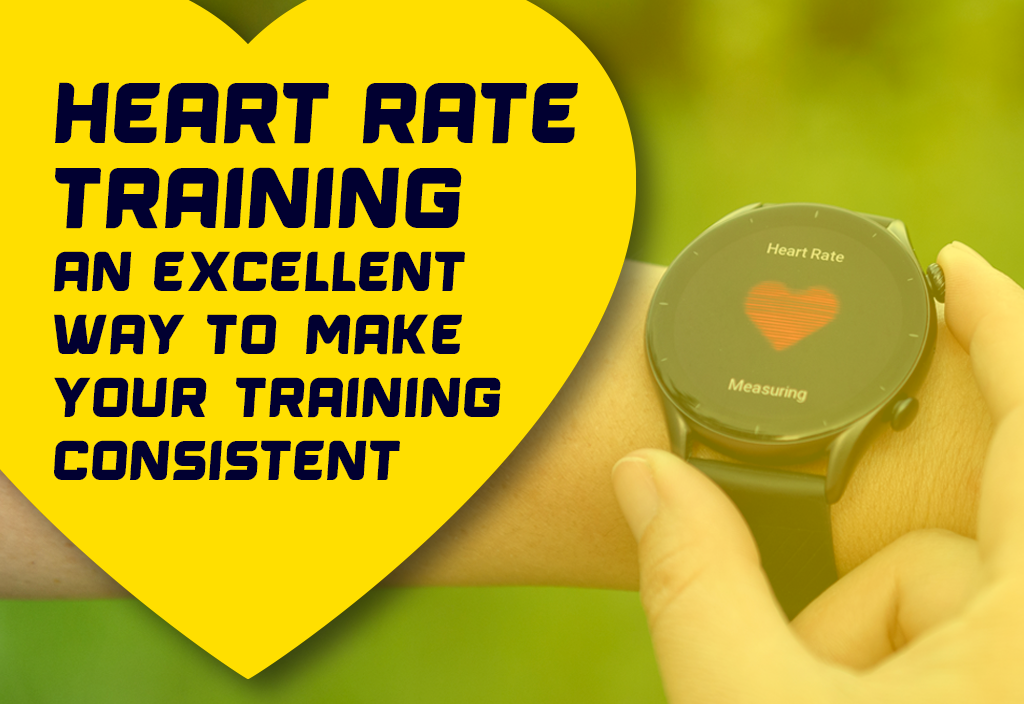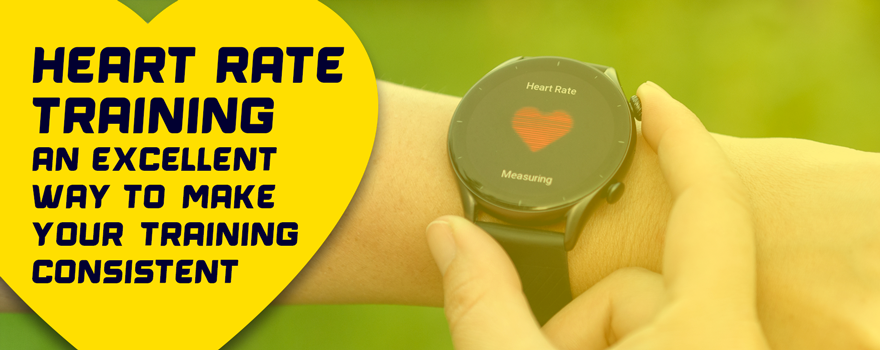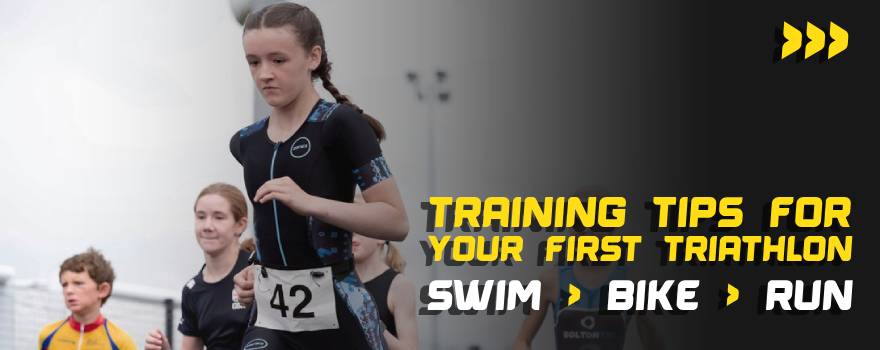
Triathlons, the ultimate test of endurance and versatility, combine the three disciplines of swimming, cycling, and running into a thrilling multisport event. If you’re considering taking on your first triathlon, this guide is here to help you navigate the unique challenges of each discipline and provide valuable training tips to set you up for success. Get ready to dive into the world of triathlons and embark on an unforgettable journey of swim, bike, and run.
- Breaking Down the Three Disciplines: Swim, Bike, Run: Each discipline in a triathlon presents its own set of challenges. The swim leg requires efficient technique and water confidence. The bike leg demands cardiovascular fitness and bike handling skills. The run leg tests your endurance after the swim and bike. Understanding the specific demands of each discipline will help you tailor your training effectively.
- Training Strategies for Each Discipline: a. Swim: Incorporate swim workouts that focus on building both endurance and technique. Include drills to improve your stroke efficiency, such as kickboard drills, catch-up drills, and bilateral breathing (breathing on both sides) exercises. b. Bike: Build your cycling fitness through a combination of long rides, interval training, and hill repeats. Practice maintaining a steady cadence (leg speed) and work on bike handling skills, such as cornering and gear shifting. c. Run: Gradually increase your running mileage while incorporating speed workouts, tempo runs, and hill sprints. Strengthen your legs through strength training exercises and incorporate proper running form drills.
- Incorporating Brick Workouts: Brick workouts, where you combine two disciplines back-to-back, are crucial in preparing your body for the unique challenge of transitioning between swim, bike, and run. Schedule regular brick sessions, such as a swim-to-bike or bike-to-run, to familiarise yourself with the sensations and adapt to the change in muscle recruitment.
- Importance of Balancing Training and Recovery: Finding the right balance between training and recovery is essential to avoid burnout and reduce the risk of injury. Incorporate rest days into your training schedule to allow your body to recover and adapt. Listen to your body and adjust your training intensity and volume accordingly.
- Time Management and Fitting Training into a Busy Schedule: Training for a triathlon requires dedication and time management. Prioritize your training sessions by scheduling them in advance and being consistent. Look for opportunities to fit in shorter workouts during busy days, such as early morning or lunchtime sessions.
- Setting Realistic Goals for Your First Triathlon: Set realistic goals that align with your current fitness level and experience. Focus on completing the race and enjoying the experience rather than solely chasing a specific time or podium finish. Gradually progress your goals as you gain more experience and confidence in the sport.
- The Role of Cross-Training in Triathlon Preparation: Cross-training, incorporating activities like yoga, strength training, and flexibility exercises, can enhance your overall performance and reduce the risk of overuse injuries. Include cross-training sessions in your weekly routine to improve your overall fitness and balance your training load.
- The Benefits of Group Training and Finding a Community: Joining a triathlon training group or finding a training buddy can provide valuable support, motivation, and camaraderie throughout your triathlon journey. Engaging with like-minded individuals who share your passion for triathlons can make the training process more enjoyable and rewarding.
- The Importance of Consistency and Gradual Progression in Training: Consistency is key in triathlon training. Aim for regular training sessions to build endurance and improve your skills over time. Avoid the temptation to push too hard too soon. Gradually progress your training volume, intensity, and distance to allow your body to adapt and reduce the risk of injury. Remember, it’s a journey, and progress takes time.
Preparing for your first triathlon is an exciting and rewarding endeavour. By breaking down each discipline, implementing specific training strategies, incorporating brick workouts, and finding a balance between training and recovery, you’ll be well on your way to crossing that finish line with a sense of accomplishment. Remember to set realistic goals, embrace the process, and enjoy the multisport journey. Triathlons are not just races; they are transformative experiences that will push your limits, build resilience, and create lifelong memories. Dive in, pedal hard, and run strong – the triathlon world awaits!
Whether you’re a beginner or an experienced athlete, triathlons offer a unique challenge that pushes your physical and mental boundaries. By following these training tips and staying dedicated to your goals, you’ll be well-prepared to take on the swim, bike, run, and emerge as a triumphant triathlete. Get ready to make a splash, conquer the roads, and leave your footprints on the course. The journey starts now, and the finish line is waiting for you. Go forth, train hard, and embrace the incredible world of triathlons!

